The UCLA Narcan Distribution Project is committed to providing students and staff with free access to Narcan (the brand name for the generic medication naloxone), an easy-to-use, life-saving medication used to treat opioid overdoses. The program aims to help lower the occurrence of opioid-related overdoses, reduce the stigma surrounding substance use, and to promote a safe and healthy UCLA community.
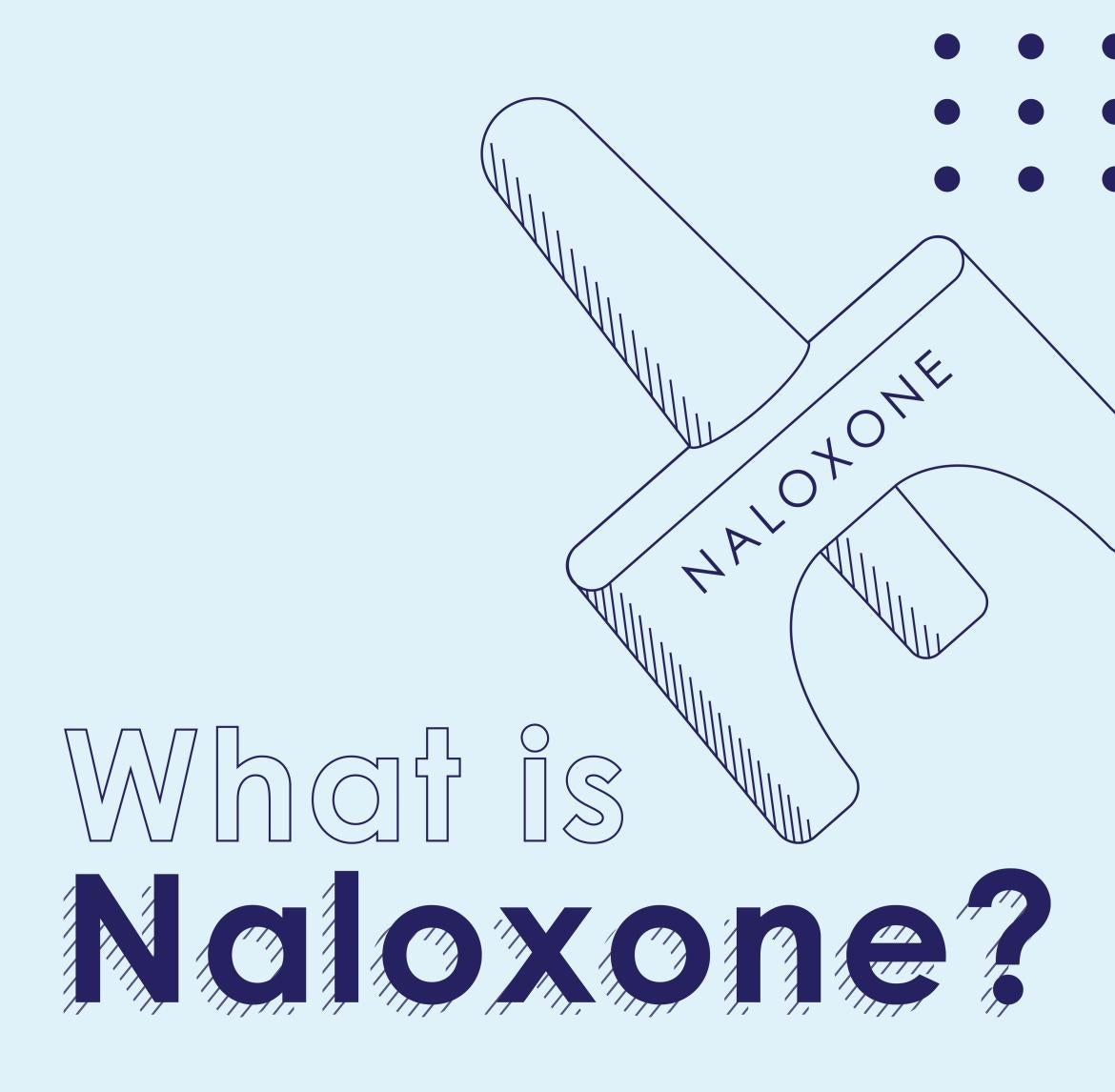
What is Narcan (Naloxone) and how does it work?
Narcan is a medication that can quickly reverse the effects of an opioid overdose. It works by binding to the same receptors in the brain that opioids bind to, blocking their effects and reversing the respiratory depression that can lead to overdose. Narcan is safe, effective, and easy to administer, and can be given as a nasal spray.
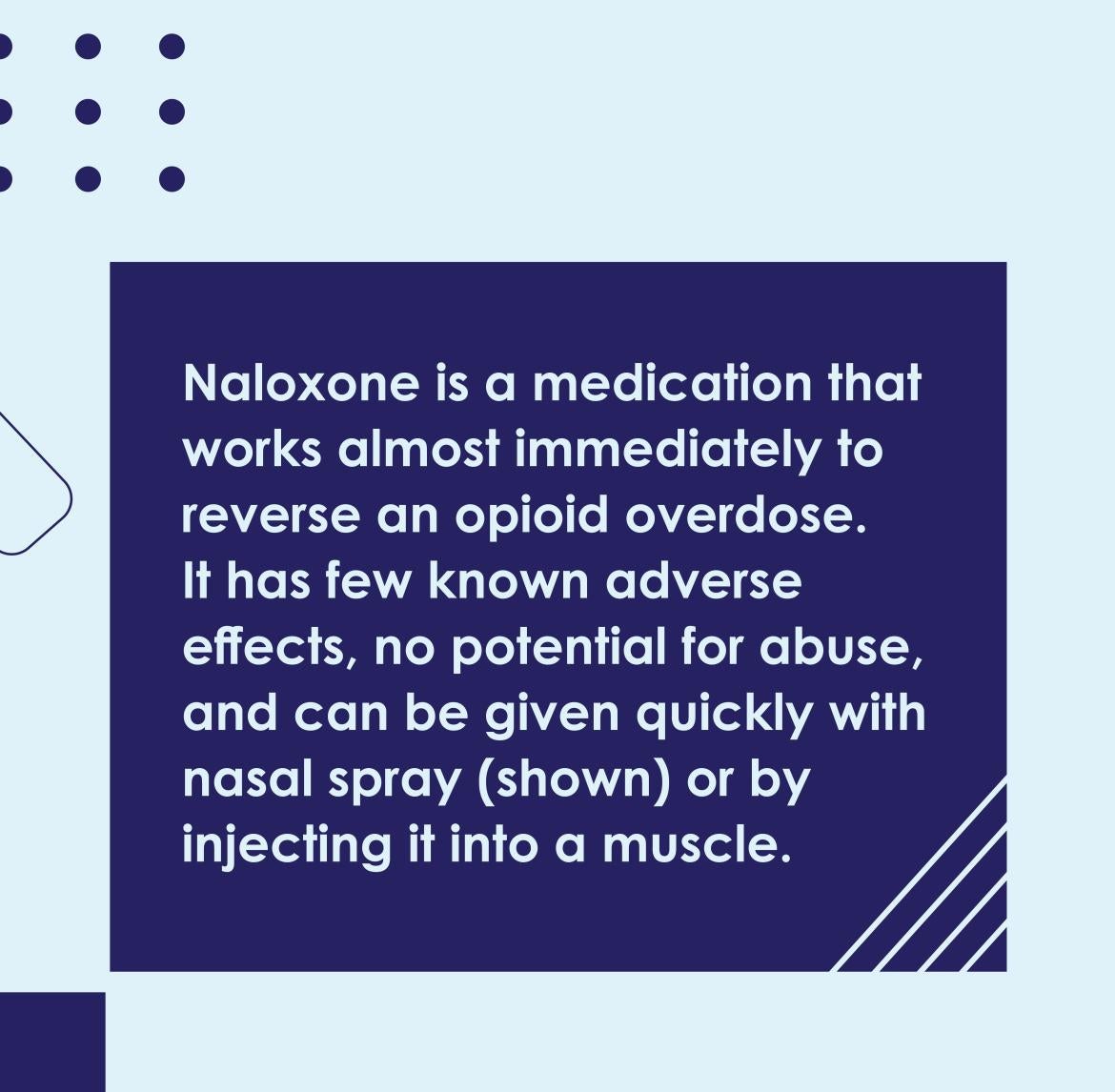
Why is Narcan (Naloxone) important for our community?
A Narcan distribution project is an important step in addressing the opioid epidemic and promoting health and well-being at UCLA. By raising awareness, providing education and training, and making Narcan available, we can help prevent overdose deaths and support those who are struggling with addiction. According to the Centers for Disease Control and Prevention (CDC), from 1999 to 2019, nearly 500,000 people died from an opioid overdose in the United States (CDC, 2021a). In 2019 alone, more than 50,000 people died from opioid-involved overdoses (CDC, 2021a).
But in addition to potential life-saving benefits, a Narcan distribution project can also help reduce the stigma surrounding substance use disorders. By acknowledging the reality of substance use on and off campus and taking steps to address it, we can help create a more supportive and understanding community for those who may be struggling with addiction.
A study of opioid overdose prevention programs found that distribution of naloxone to people without medical training was associated with a significant reduction in opioid overdose fatalities (Doe-Simkins et al., 2009). A naloxone distribution program in Massachusetts reduced opioid overdose deaths, without increasing opioid use, by an estimated 11 percent in the nineteen communities that implemented the program (Walley et al., 2013).
Naloxone Distribution
The UCLA Narcan Distribution Project offers free Narcan kits to students and staff at various distribution sites.
How can I get free Narcan (Naloxone)?
Narcan kits are available at a variety of UCLA campus locations, see the detailed map below for more information on where you can pick up a kit.
Be advised: You will be asked to view the short training video for administering Narcan before picking up your Naloxone kit.
What is included in each kit?
In an effort to lower barriers to access Narcan, each kit comes with:
- Narcan [2 nasal spray devices of Narcan, instructional pamphlet, etc]
- a single page instructional guide accompanied by a QR code that takes you to:
- a brief training video How to Use Narcan with the DOPE Project,
- and an anonymous survey to report whether the kit was used, whether resuscitation was successful, and a way to provide feedback to improve this project.
When do I use Narcan (Naloxone)?
-
Step 1: Recognize the signs of an opioid overdose
-
Step 2: Call 911
If you suspect someone is experiencing an opioid overdose, call 911 immediately.
-
Step 3: Administer Narcan
Follow the instructions on the Narcan packaging.
Administer one spray or injection of Narcan in one nostril, or as directed on the packaging (don’t prime or test the spray before using).
If the person doesn't respond within 2-3 minutes, administer a second dose in the other nostril.
-
Step 4: Stay with the person
Continue to monitor the person's breathing and stay with them until emergency responders arrive.
Will I get in trouble for using Narcan (Naloxone) or calling 911 in the case of a suspected overdose?
No! The state of California has enacted a 911 Good Samaritan Law (CA Civil Code Section 1714.22) that offers protection to those who call for emergency services in the event of a suspected drug overdose. Under this law, individuals who report an overdose are protected from arrest, charges, and prosecution for possession of personal amounts of drugs or paraphernalia at the scene of the incident. However, it is important to note that the law does not offer protection if the individual calling for emergency services is on parole or probation, as this may still be considered a violation. Additionally, possession of a quantity of drugs that suggests trafficking or sales is not protected under the law. It is also important not to obstruct medical or law enforcement personnel in the course of providing assistance, as this can still result in legal consequences.
How Naloxone Works
This short animation depicts how Naloxone, an opioid overdose-reversal medication, works in the body. For more information, please visit https://www.samhsa.gov/
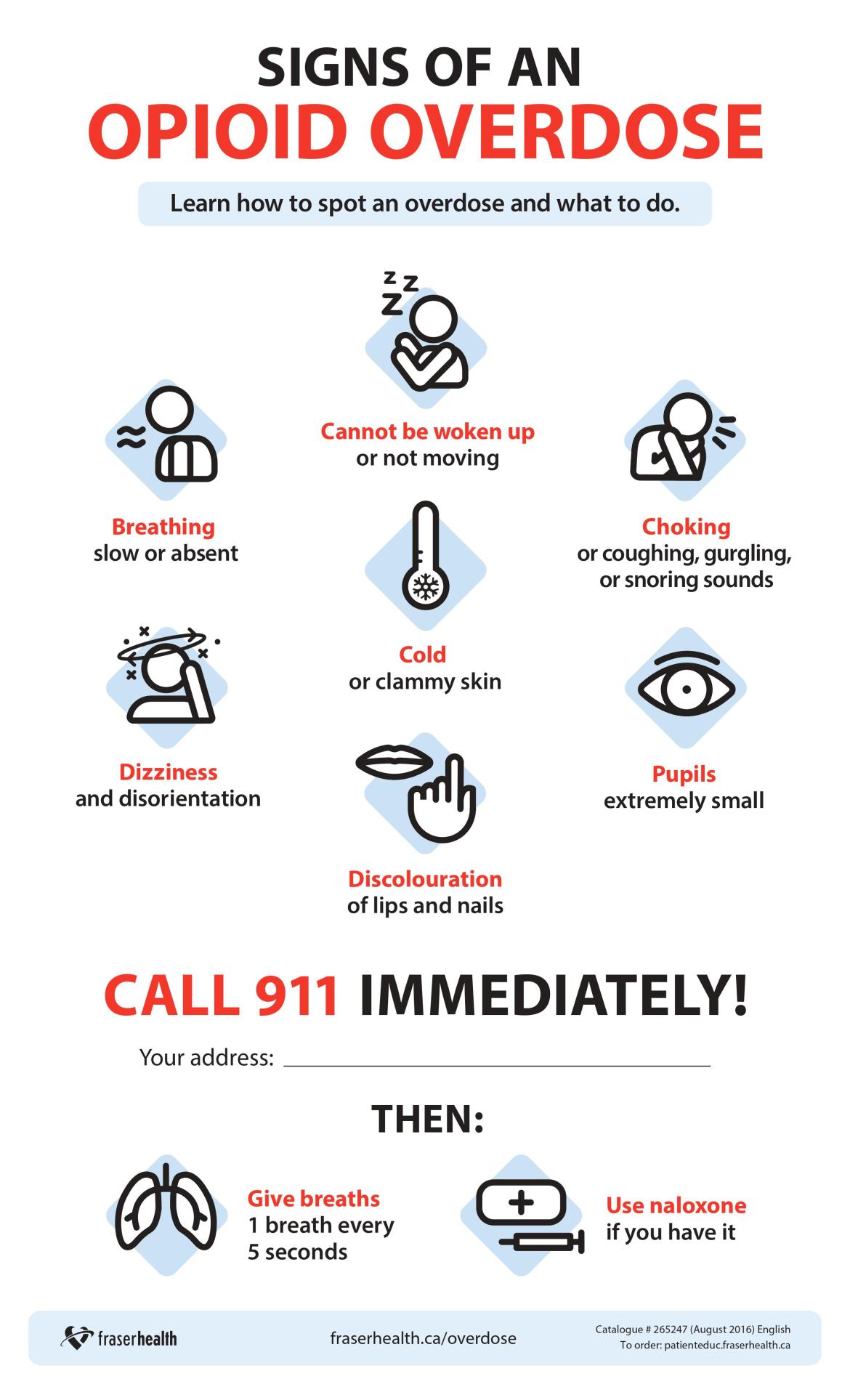
The Opioid Epidemic
The opioid epidemic has been one of the most devastating public health crises in recent history, with opioid overdoses accounting for a significant number of deaths every year. Opioids are a class of drugs that include prescription painkillers such as oxycodone and hydrocodone, as well as illicit drugs such as heroin and fentanyl. While prescription opioids can be helpful in managing pain, they also carry a high risk of addiction and overdose. Opioid overdoses can cause respiratory depression, which can be fatal if left untreated.
According to the Centers for Disease Control and Prevention (CDC), from 1999 to 2019, nearly 500,000 people died from an opioid overdose in the United States (CDC, 2021a). In 2019 alone, more than 50,000 people died from opioid-involved overdoses (CDC, 2021a). The CDC reports that prescription opioid overdose deaths declined in 2019, but deaths involving synthetic opioids (such as fentanyl) continue to rise (CDC, 2021b).
College-Aged Populations and Substance Use
College-aged populations are particularly vulnerable to substance use and overdose. Young adults aged 18-25 have some of the highest rates of substance use and abuse, including opioids. For some college students, experimentation with drugs may turn into dependence or addiction. Others may turn to opioids to cope with stress, anxiety, or depression. With academic pressures, social expectations, and newfound independence, college students face unique challenges that can contribute to substance use and abuse.
According to the National Institute on Drug Abuse (NIDA), young adults aged 18-25 have the highest rates of past-year use of illicit drugs, including opioids (NIDA, 2020).
In 2019, an estimated 7.8% of college students reported misusing opioids in the past year (SAMHSA, 2020).
Research suggests that college students who misuse prescription opioids are at increased risk of experiencing negative consequences, including poor academic performance and lower retention rates (Arria et al., 2013).
Why a Narcan Distribution Project at UCLA?
The need for a Narcan distribution project on college campuses is clear. By providing access to Narcan, we can save lives and prevent needless deaths from opioid overdoses. Narcan is a medication that can quickly reverse the effects of an opioid overdose, restoring normal breathing and potentially saving the person's life. By having Narcan available on campus, we can ensure that students and staff are equipped to respond to an opioid overdose and have the tools they need to act quickly and effectively.
In addition to the potential life-saving benefits, a Narcan distribution project can also help reduce the stigma surrounding substance use disorders. By acknowledging the reality of substance use on college campuses and taking steps to address it, we can help create a more supportive and understanding community for those who may be struggling with addiction.
Overall, a Narcan distribution project is an important step in addressing the opioid epidemic and promoting the health and well-being of college communities. By raising awareness, providing education and training, and making Narcan available, we can help prevent overdose deaths and support those who are struggling with addiction.
Public Health Data Supports Narcan Distribution
According to the CDC, providing access to naloxone (the generic name for Narcan) can reduce opioid overdose deaths and has no serious adverse effects when administered to someone who is not experiencing an opioid overdose (CDC, 2021c). A study of opioid overdose prevention programs found that distribution of naloxone to laypersons (including those without medical training) was associated with a significant reduction in opioid overdose deaths (Doe-Simkins et al., 2009).
References
- Arria, A. M., Caldeira, K. M., Vincent, K. B., O'Grady, K. E., & Wish, E. D. (2013). Perceived academic benefit is associated with nonmedical prescription stimulant use among college students. Addictive Behaviors, 38(7), 2118-2125.
- Centers for Disease Control and Prevention. (2021). Opioid overdose. Retrieved from https://www.cdc.gov/drugoverdose/data/statedeaths.html
- Doe-Simkins, M., Walley, A. Y., Epstein, A., & Moyer, P. (2009). Saved by the nose: Bystander-administered intranasal naloxone hydrochloride for opioid overdose. American Journal of Public Health, 99(5), 788-791.
- Schulenberg JE, Johnston LD, O’Malley PM, Bachman JG, Miech RA, Patrick ME. Monitoring the Future National Survey Results on Drug Use, 1975-2018: Volume II, College Students and Adults Ages 19-60. 2019;2:1-482.
Find a Narcan Distribution Site on the UCLA Campus
Narcan distribution sites are available throughout the UCLA Main Campus, navigable via UCLA Interactive Campus Map by Concept 3D.
List of Campus Locations
- Arthur Ashe Student Health & Wellness Center (1st Floor Front Desk)
- Office of Fraternity and Sorority Life (109 Kerckhoff Hall)
- CARE & Case Management Services (205 Covel Commons)
- Transfer Student Center (Kerckhoff Hall 128)
- Student Wellness Commission Peer Support Lounge (Kerckhoff 308)
- Bruin Resource Center (Students Activities Center B44)
- Main Office of Residential Life (205 Bradley Hall)
- De Neve Hall Office of Residential Life
- Sunset Village Office of Residential Life
- Sproul Landing Office of Residential Life
- Sproul Hall Office of Residential Life
- Rieber Hall Office of Residential Life
- Rieber Vista Office of Residential Life
- Rieber Terrace Office of Residential Life
- Saxon Suites Office of Residential Life
- Olympic Hall Office of Residential Life
- Hedrick Hall Office of Residential Life
- Hedrick Summit Office of Residential Life
- Hitch Suites Office of Residential Life
- The Center at Strathmore (Strathmore 106)
- Fielding School of Public Health (Floor 1, Corridor 6)
- Debt Management Services (Murphy Hall A227)
- LGBTQ+ Campus Resource Center (Student Activities Center B36)
- RISE Center (Lu Valle Commons Basement Level)
- School of Theater, Film & Television (East Melnitz, Suite 103)
- University Apartments North (UAN) 11020 Weyburn Drive, Floor 3 (Res Life Office)
- University Apartments South (UAS) 3233 S. Sepulveda Blvd.
- UCLA Recreation (4 locations)
- John Wooden Center (221 Westwood Plaza)
- Bruin Fitness Center ( 251 Charles E Young Dr)
- Kinross Recreation Center (11100 Kinross Ave)
- Student Activities Center (220 Westwood Plaza)
NEW! Narcan Now Available in Campus Vending Machines (24/7)
Narcan is now available for free, 24/7, in outdoor vending machines (within select machines where COVID-19 testing kits are distributed).
Narcan is free to both students and faculty/ staff with an active BruinCard, and all vending transactions are completely anonymous.
Vending Machine Locations:
- Pauley Pavilion Entrance
- Ackerman Union
- Haines Hall
- Neuroscience Building
How to Use Narcan
An opioid overdose can be life-threatening, but Narcan (naloxone) can quickly reverse the effects of an overdose and save a person's life. Narcan is a medication that can be given as a nasal spray and works by blocking the effects of opioids on the body. Here's how to use Narcan in case of a suspected opioid overdose:
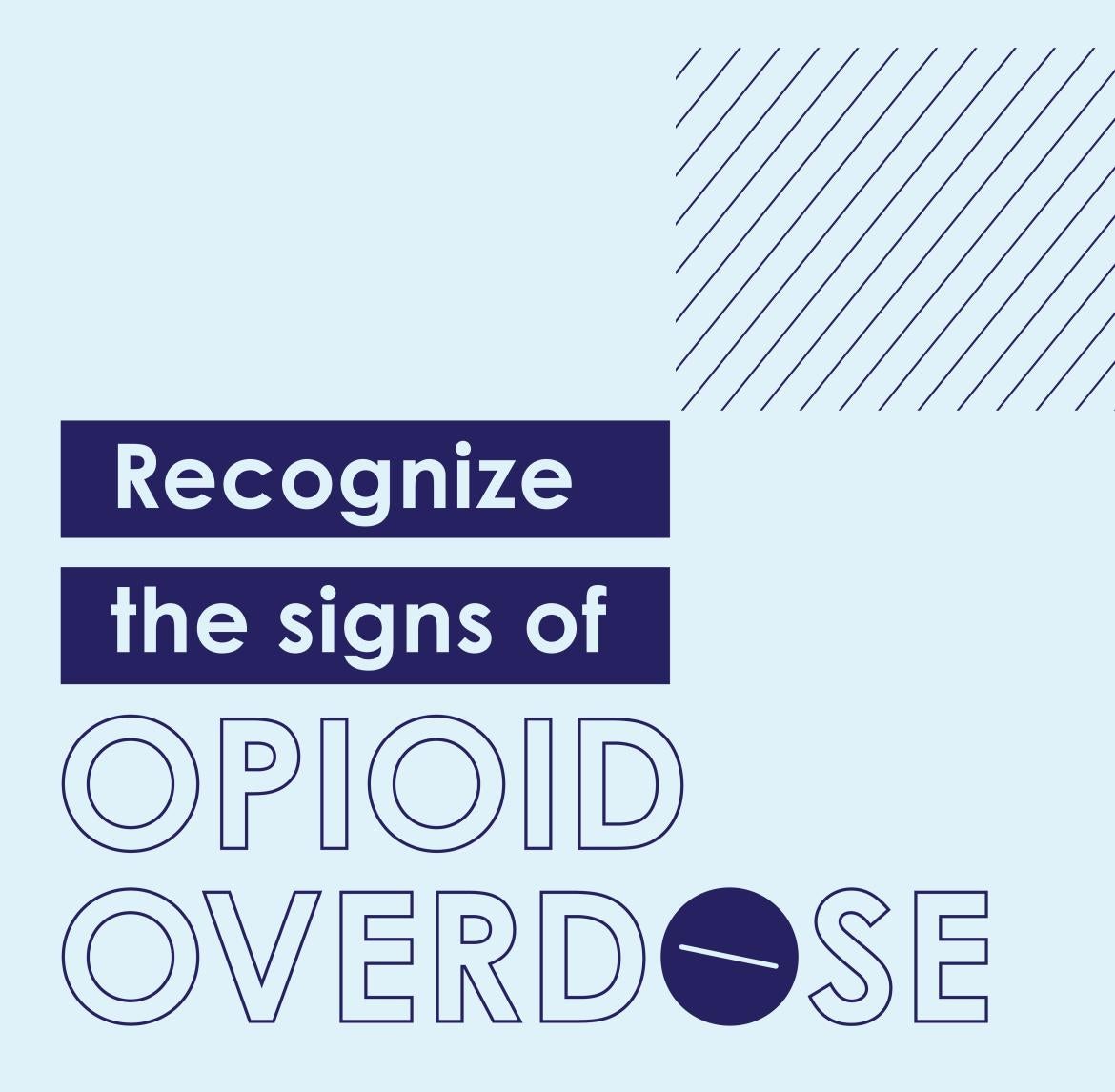
Step 1: Recognize Signs of an Overdose
- Unresponsiveness or unconsciousness
- Shallow or slow breathing
- Blue lips or fingertips
- Pinpoint pupils
- Choking or gurgling sounds
- Cold, clammy skin
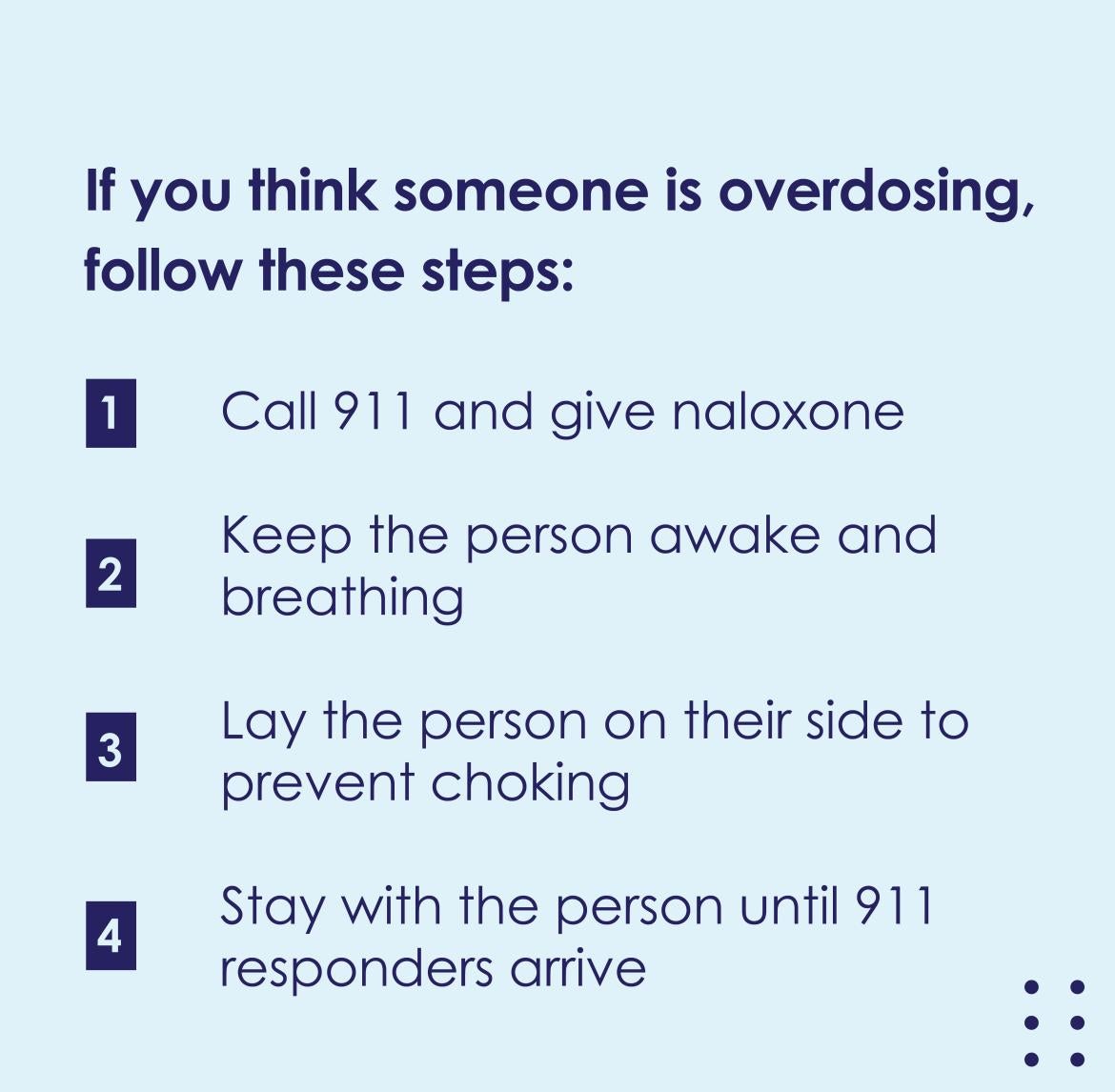
Step 2: Call 911
- If you suspect someone is experiencing an opioid overdose, call 911 immediately.
Step 3: Administer Narcan
- Follow the instructions on the Narcan packaging.
- Administer one spray or injection of Narcan in one nostril, or as directed on the packaging.
- If the person doesn't respond within 2-3 minutes, administer a second dose in the other nostril.
Step 4: Stay with the person
- Continue to monitor the person's breathing and stay with them until emergency responders arrive.
Laws and Regulations
California laws protect persons who give naloxone and make naloxone more readily available.
California's Good Samaritan law protects those giving emergency medical care at the scene of a medical emergency, including giving naloxone.
Good Samaritan Law
A person cannot be liable for any civil damages that result from his or her providing of emergency care, if:
- The person acted in good faith, and not for compensation;
- The person provided either emergency medical care or nonmedical care; and
- The care was provided at the scene of an emergency.
Drug Overdose Treatment Liability Law
Eliminates civil and criminal liability for:
- Licensed health care providers that prescribe naloxone and issue standing orders for the distribution of naloxone; and
- Individuals that administer naloxone to someone suspected of experiencing an overdose after receiving it along with required training.
How to Use Narcan Video Tutorial
This training (above) is required for kit distribution. Please confirm this training has been completed during kit pickup.
Bystander Training
Opioid Overdose Prevention, Recognition and Response
This training: 1) describes the U.S. opioid overdose epidemic; 2) explains the risk of overdose from opioid analgesics and heroin; 3) teaches how to recognize an opioid overdose; 4) demonstrates how to respond effectively to an opioid overdose (using animated scenarios, graphic sequences, and narration provided by professional voice actors); and, 5) links learners to additional resources, including SAMSHA’s overdose toolkits and drug treatment finder.
(A Spanish language version of the Bystander module will be available soon.)
National Harm Reduction Coalition
Harm reduction strategies and tools should be accessible to everyone – regardless of location, time and or experience. National Harm Reduction Coalition offers a series of self-paced online learning modules that groups and individuals can complete on their own schedule and terms – anytime, anywhere. Note: California residents can acquire the Foundations of Harm Reduction, Engaging People Who Use Drugs, and Overdose Prevention and Response courses for $0 using the link below.
Handouts & PDFs
This fact sheet provides general facts about naloxone including where to get it and how to prevent an overdose.
This fact sheet discusses how to identify an overdose and use naloxone, and includes the side effects of naloxone.
This guide offers examples to help you start a conversation with a clinician or pharmacist about how to obtain naloxone, when to use it, and where to find training on giving naloxone.
Learn More
If you or someone you know is struggling with any substance use disorders, UCLA offers a range of resources to help. Our trained professionals are here to support you and can connect you with services such as counseling, treatment, and recovery programs.
Additional Resources
To learn more about these resources, please visit:
- Substance Abuse and Mental Health Services Administration (SAMHSA) National Helpline: 1-800-662-HELP (4357)
- National Institute on Drug Abuse (NIDA) Help Hotline: 1-800-662-4357
- Alcoholics Anonymous (AA): https://www.aa.org/
- Narcotics Anonymous (NA): https://www.na.org/
Helpful Links
- OEND (Overdose Education + Naloxone Distribution): https://www.laodprevention.org/naloxone
- End Overdose: https://endoverdose.net/
- Fentanyl test strips: https://dancesafe.org/wp-content/uploads/2019/02/2019-fent-strips.pdf
- https://dancesafe.org/product/fentanyl-test-strips-pack-of-10-free-shipping/
- https://www.cdc.gov/stopoverdose/naloxone/index.html
- Substance Abuse and Mental Health Services Administration (SAMHSA) National Helpline: 1-800-662-HELP (4357)
- National Institute on Drug Abuse (NIDA) Help Hotline: 1-800-662-4357
- Alcoholics Anonymous (AA): https://www.aa.org/
- Narcotics Anonymous (NA): https://www.na.org/
Campus Partners
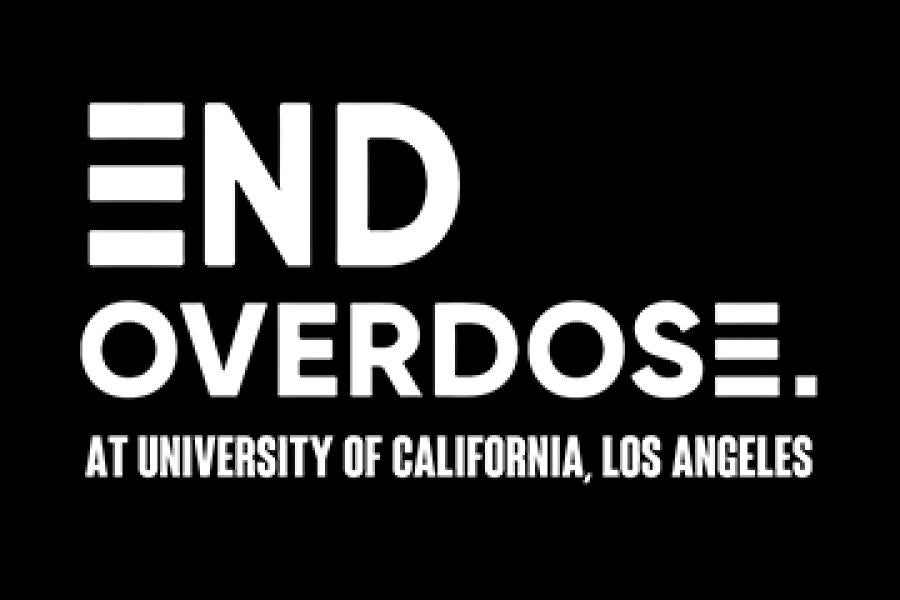 End Overdose UCLA
End Overdose UCLA
End Overdose at UCLA is a chapter of the Los Angeles-based 501(c)(3) nonprofit End Overdose. Our mission is to make education and resources (i.e. fentanyl test strips and Narcan/naloxone) preventing overdose-related death readily available to the UCLA community and beyond. Further, our organization aims to raise public awareness of the ways in which drug-related overdoses can be prevented.
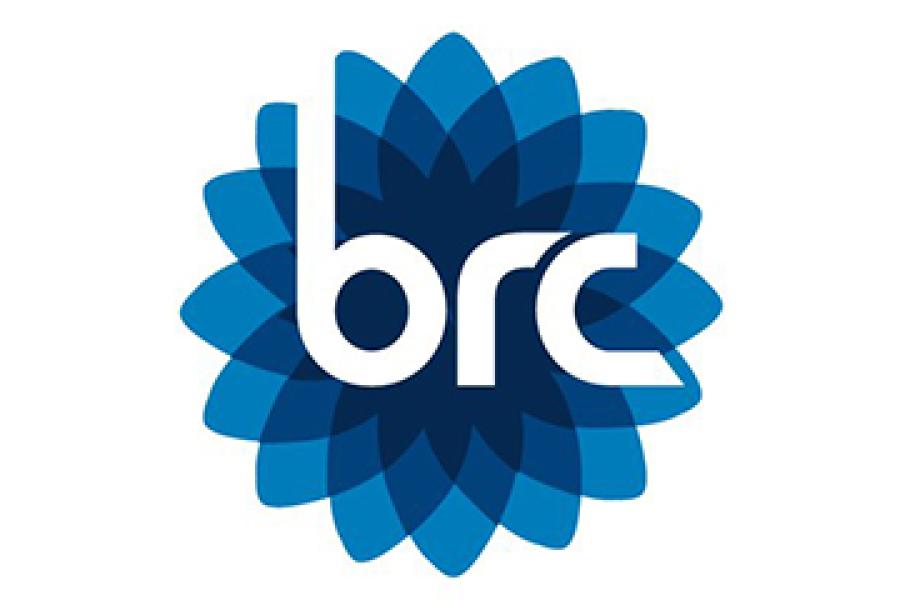 Bruin Resource Center Collegiate Recovery Program
Bruin Resource Center Collegiate Recovery Program
The Collegiate Recovery Program (CRP) within the Bruin Resource Center supports UCLA students who are in recovery/are considering recovery from substance use or other addictive behaviors.
 UCLA Health Education & Resource Team (HEART)
UCLA Health Education & Resource Team (HEART)
HEART's mission is to promote a campus community that fosters sustainable healthy behaviors, policies and environments in support of UCLA students' academic success and well-being during their collegiate experience and beyond.


